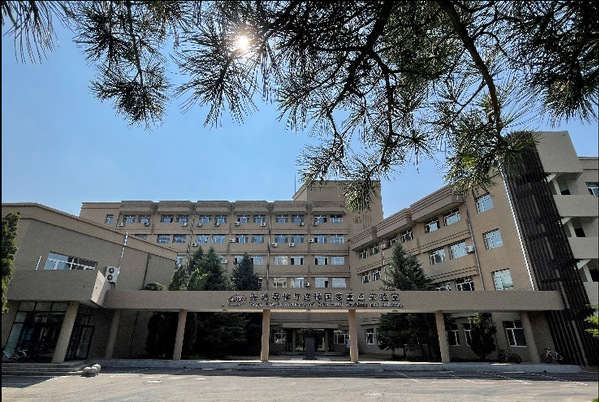on WeChat to
In response to the major national strategic needs in aerospace, aviation, maritime engineering, nuclear power, and other fields, the State Key Laboratory of Precision Welding & Joining of Materials and Structures has been jointly established. It is based on the former State Key Laboratory of Advanced Welding and Joining of Harbin Institute of Technology (HIT), and co-founded with AVIC Shenyang Liming Aero-Engine Co., Ltd., Bohai Shipbuilding Heavy Industry Co., Ltd. of China State Shipbuilding Corporation, and Capital Aerospace Machinery Co., Ltd. of China Aerospace Science and Technology Corporation.
The Laboratory is derived from the Welding Technology and Engineering major at HIT—the first undergraduate program in welding established in Chinese universities. It is renowned as “the cradle of welding in China and the Huangpu Military Academy of the welding industry”. Relying on the first-level discipline of Materials Science and Engineering, the Laboratory upholds HIT’s school motto of “Strict Standards and Solid Foundation” and its own philosophy of “Advocating Innovation and Promoting Pragmatism”. Each year, it cultivates over 200 master’s students and more than 50 doctoral students, ranking among the top universities in China in terms of talent cultivation scale in related fields. To date, it has trained and delivered nearly 10,000 graduates, including a large number of innovative and high-caliber talents in the welding field—such as academicians of the Chinese Academy of Sciences/Engineering, recipients of the National Science Fund for Distinguished Young Scholars, national high-level talents, presidents of welding societies, and winners of the Ho Leung Ho Lee Prize and the China Youth Science and Technology Award. It has also provided over 200 chief engineers to enterprises, solidifying its position as a talent hub and a research palace in the welding field.

The Laboratory has always adhered to addressing national strategic needs and frontier scientific and technological issues, conducting fundamental, forward-looking, strategic, and systematic innovative research. It has played a crucial role in national defense fields (including aerospace, aviation, maritime engineering, and nuclear power) as well as in national economic development. Aligning with the development trends of the Materials Science and Engineering discipline and leveraging its own strengths and characteristics, the Laboratory has formed 4 distinct, interdisciplinary research directions:
Joining of new materials and dissimilar materials
High-efficiency, intelligent welding and welding in extreme environments
Joining and reliability of complex structures
Micro-nano joining and processing
Over the years, the Laboratory has focused on major scientific issues and core key technologies in the field of precision welding and joining of material structures. It has solved several major problems that restricted the technological development of China’s material joining field and achieved a series of landmark scientific and technological achievements. These achievements have provided core welding technologies and equipment for China’s “major national initiatives”—including manned spaceflight, domestic aircraft carriers, nuclear submarines, large civil aircraft, aero-engines, superconducting accelerators, third-generation nuclear power technology, rail transit, and integrated circuits. Today, the Laboratory has become a leading center for scientific and technological innovation and a base for cultivating top innovative talents in China’s material welding and joining discipline.













